






 |
 |
 |
 |
 |
 |
 |
Laufhunde - Meutehunde - Bracken Menü Laufhunde - Meutehunde - Bracken
> Erfahrungen
mit dem... |
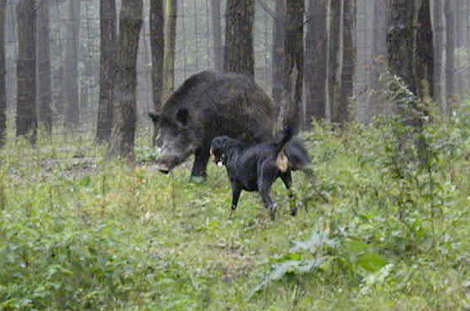 |
Hunting with the Erdelyi Kopo or Transylvanian Hound When we talk about hunts with hounds, many people will think of coursing, where a pack of 20-30 English or French hounds are led by their masters. As the prey appears, the hounds let loose to chase them are accompanied by hunters on horseback. This was mainly a social event for the nobility and it was more about horse-riding and entertainment than about hunting. |
|
In his 1829 book titled “The Science of Hunting”, Dienes Pák describes the hound as follows: “A hound is a dog that tracks and chases the game, having found it with its fine smelling and industrious searching, and while chasing it, does not cease to bark and yelp.”
Hunting with hounds was one of the most common hunting methods in Hungary until the mid-19th century; hounds were the representative accessories of the noble courts. According to the descriptions of the time, hunts with hounds were permitted in mountains that were poorer in game and no more than three groups of hounds could be engaged in the hunt. During the hunt the gunmen were positioned where the game would turn and the leader of the hounds let loose his best and most experienced dogs. As soon as one of them gave out its first “yelp”, the other hounds were also unleashed. Hearing the yelping of his dogs, the good hunter knew exactly what kind of game the hounds were chasing and whether the dogs were following a warm or a cold track. |
|
Even nowadays there are possibilities for the Transylvanian hound, especially during boar driving; the recommended hunting period is from early November to late January but the hound is also used to decrease the damages caused by the game during the so-called “green driving”. Such dogs should be taken to driving events that have already practiced enough in boar parks so they already have enough positive experiences in order to gather further practise in hunts. It is absolutely useful if the young dogs can obtain routine beside older and more trained hounds during the hunts. At first the young dogs tend to get far away from the group when they feel the tempting smell of a deer or a roe but they soon learn that the chase will only be successful if they stay with the others.
The beaters and their dogs are positioned in the driving line arranged in the forest line and as the driving commences they let their dogs run and urge them to search for the game. Moving in front of the beaters’ line, the dogs start searching and then the first “yelps” indicate when one of them has found the game or warm trace. As the dogs catch sight of the game, yelping becomes more intense and then they almost drive the game towards the firing positions. |
|
The hound is brave and assertive but it never tears or clings into the game as such behaviour is undesirable and dangerous as it may lead to injuries. Another possible use of the Transylvanian hound is trailing the shooted game, for which he also possesses all the necessary skills and abilities – such as excellent smelling and the ability of following the trail. It is true that hot-tempered Transylvanian hounds require more thorough preparation and a little more work than bloodhounds specifically trained for the purpose. This preparation can be started when the dogs are still very young as puppies are generally very keen on searching for the drag drawn with a leg of boar and then in the end they pounce on the prey with great enthusiasm. Those who like forest hikes and excursions should be aware that it is not advisable to walk the Transylvanian hound in the forest without control due to its game-driving instinct and they have to be especially careful not to let the dog set off on a frenzied pursuit as it sees the game jumping up from the bushes. |
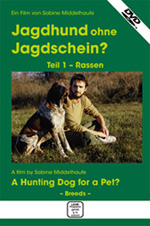 |
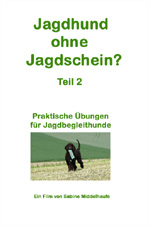 |
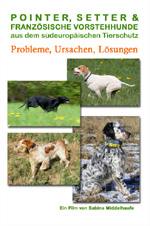 |
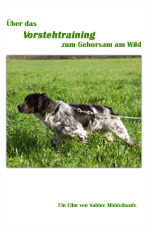 |
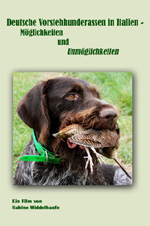 |
| home | Seitenanfang | Menü Fotoalbum |